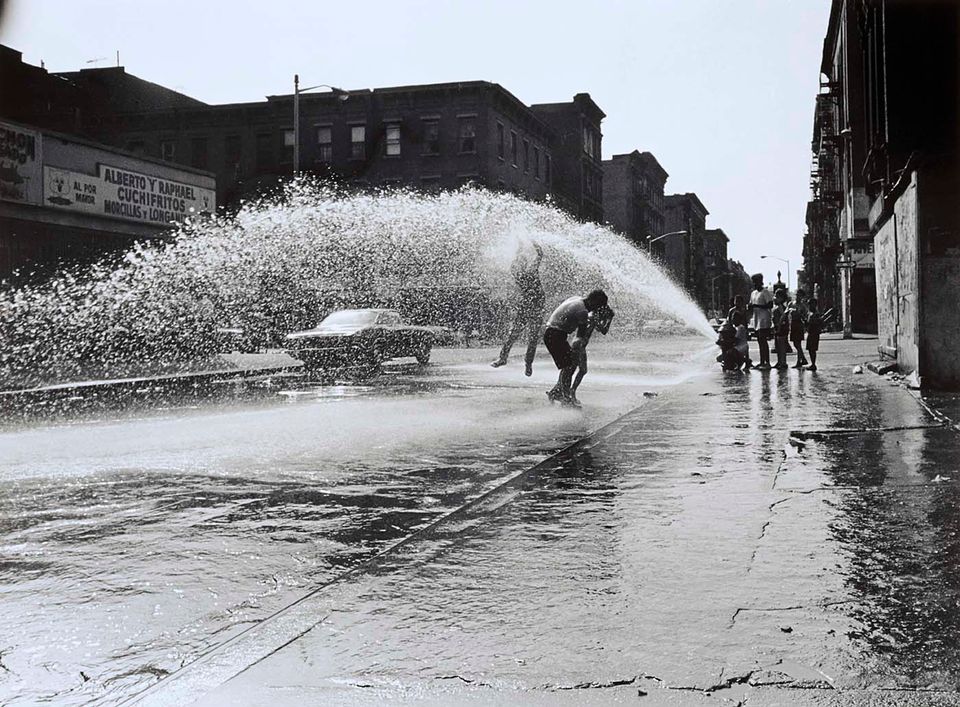Perla de Leon, Touch Football, 1980, gelatin silver print, image: 6 × 9 1⁄2 in. (15.2 × 24.1 cm) sheet: 8 × 10 in. (20.3 × 25.4 cm), Smithsonian American Art Museum, Museum purchase through the Smithsonian Latino Initiatives Pool, administered by the Smithsonian Latino Center, 2016.16.10, © 1980, Perla de Leon
Copied
Artwork Details
- Title
- Touch Football
- Artist
- Date
- 1980
- Location
- Not on view
- Dimensions
- image: 6 × 9 1⁄2 in. (15.2 × 24.1 cm) sheet: 8 × 10 in. (20.3 × 25.4 cm)
- Copyright
- © 1980, Perla de Leon
- Credit Line
- Museum purchase through the Smithsonian Latino Initiatives Pool, administered by the Smithsonian Latino Center
- Mediums Description
- gelatin silver print
- Classifications
- Subjects
- Architecture Exterior — domestic — apartment
- Recreation — sport and play — football
- Figure male — child
- Cityscape — New York — New York
- Cityscape — street
- Figure group — male
- African American
- Object Number
- 2016.16.10
Works by this artist (2 items)
Exhibitions
May 11, 2017–August 5, 2017
America’s urban streets have long inspired documentary photographers. After World War II, populations shifted from the city to the suburbs and newly built highways cut through thriving neighborhoods, leaving isolated pockets within major urban centers.














